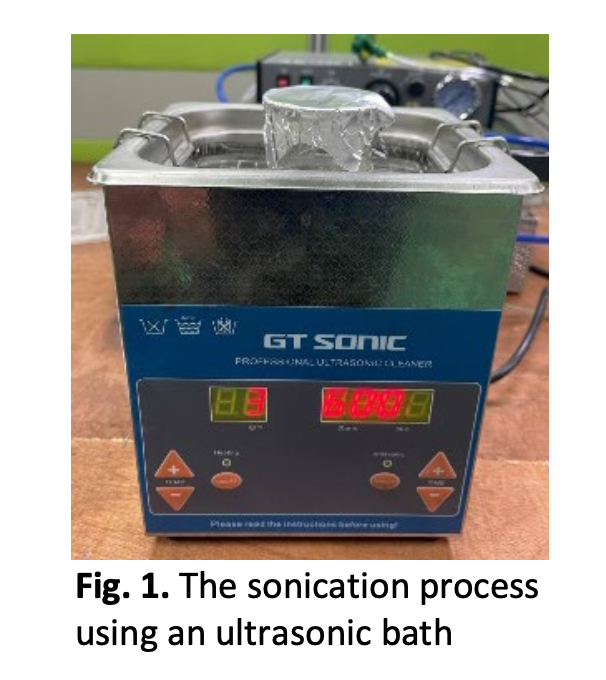Effect of Torsional Load on Electrical and Mechanical Properties/Behaviour of Stretchable GNP-Ag Conductive Ink
DOI:
https://doi.org/10.37934/aram.117.1.2234Keywords:
Stretchable conductive ink, graphene nanoplatelet, silver flakes, resistivityAbstract
Stretchable conductive inks (SCIs) have gained significant attention in recent years due to their potential applications in flexible and wearable electronics. Graphene nanoplatelet (GNP) hybridization conductive ink is a promising material for stretchable electronics due to its high electrical conductivity and excellent mechanical properties. However, the resistivity of GNP ink on flexible substrates can be affected by various factors, such as the torsion of the substrate. This paper aims to investigate the effect of torsional load in terms of the electrical and mechanical behaviour of hybridization conductive ink between GNP and Ag. The research was carried out on the formulation and performance of GNP hybrids using GNP and silver flakes (Ag). The GNP hybrid ink was printed on a copper substrate using a mesh stencil method and cured at 250 °C for an hour. The resistivity was evaluated at room temperature before and after the torsional tests in terms of electrical characteristics. The finding exposed that the resistivity values for each of the three samples of torsional tests significantly changed after 1000 cycles. Eventually, the resistance value at cycle 5000 rose due to the damaging impact of increasing the number of torsional cycles on the sample. In future work, it is recommended that the evaluation is made under temperature dependence and supported by SEM images.
Downloads



























